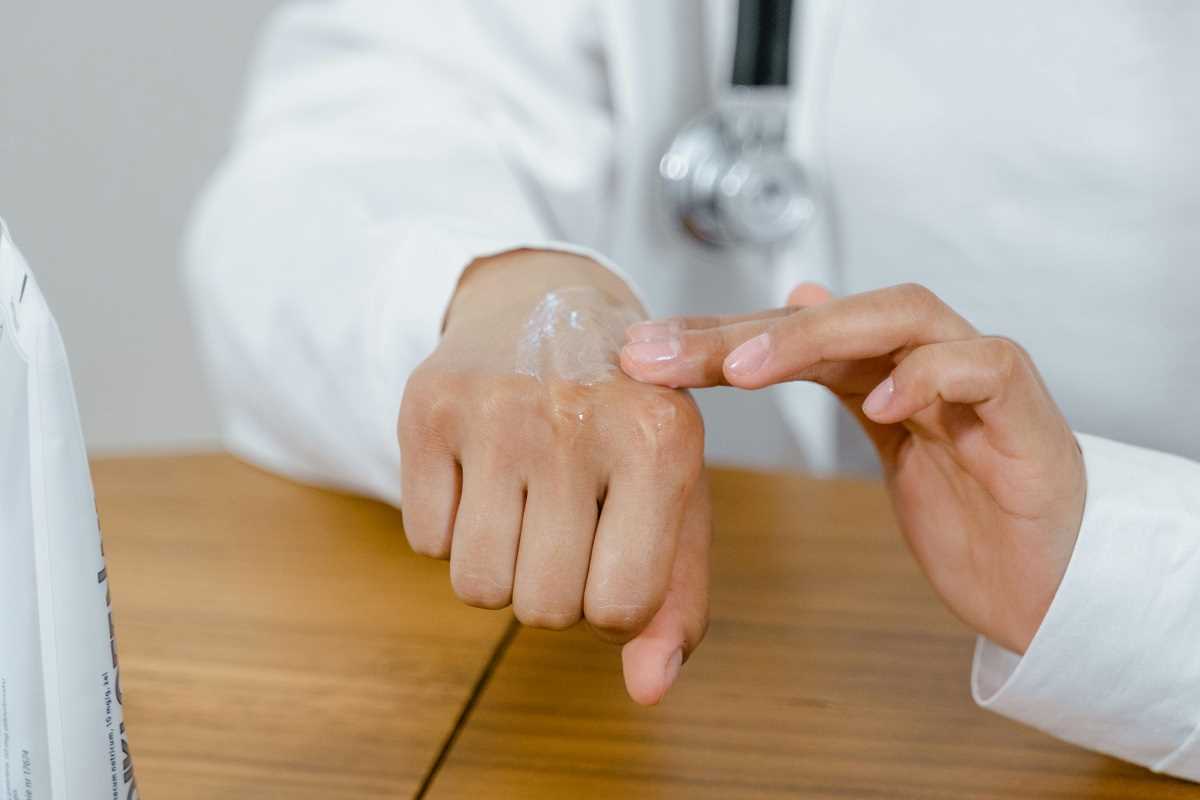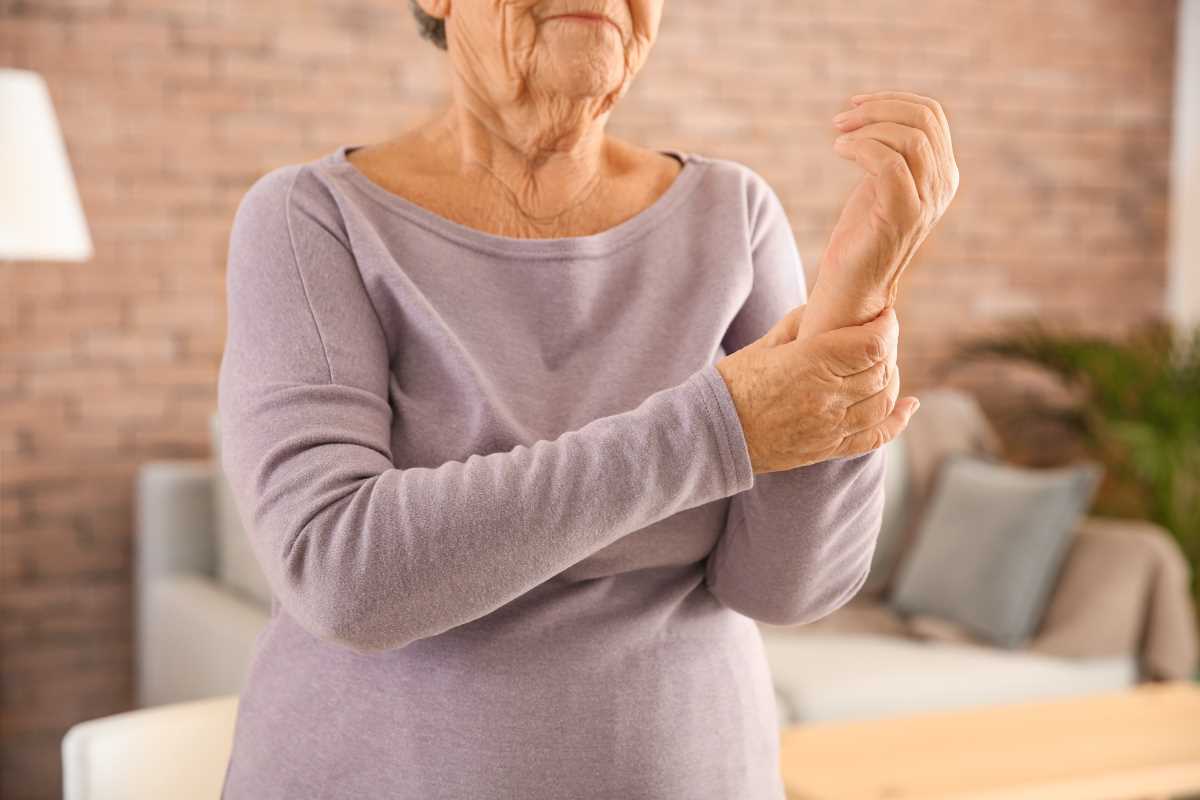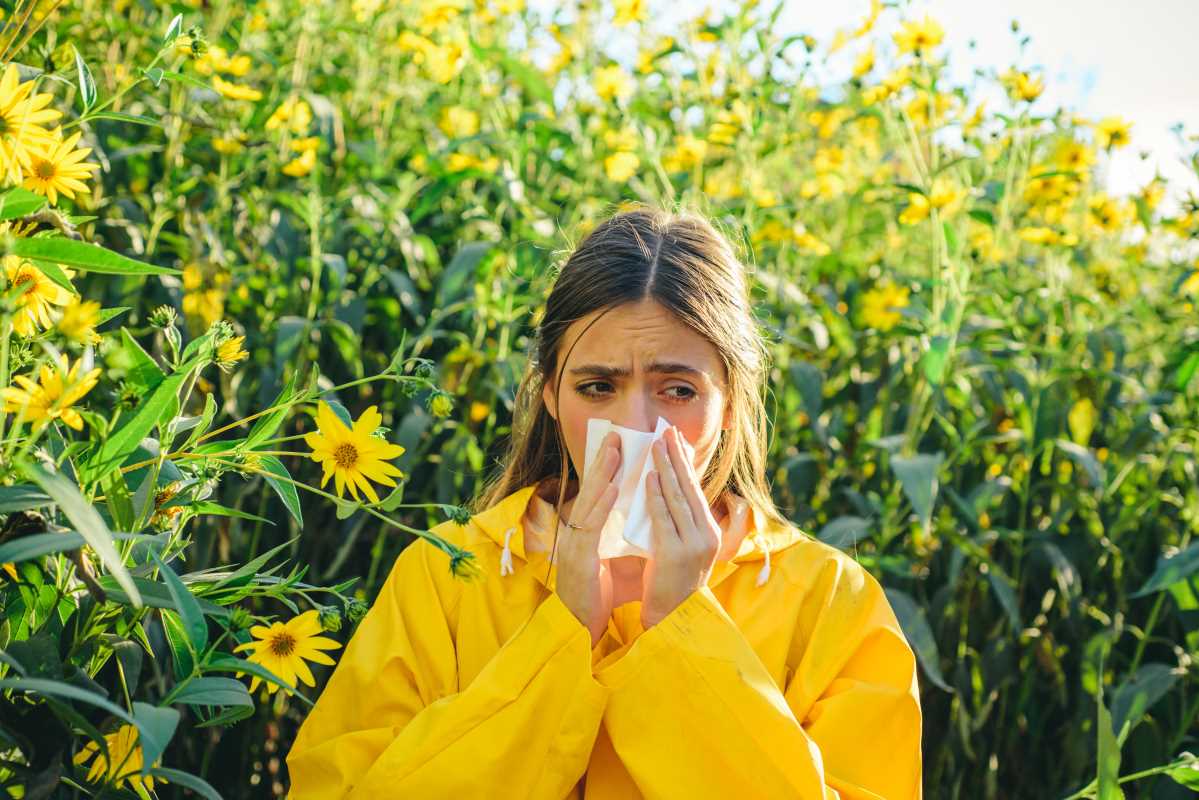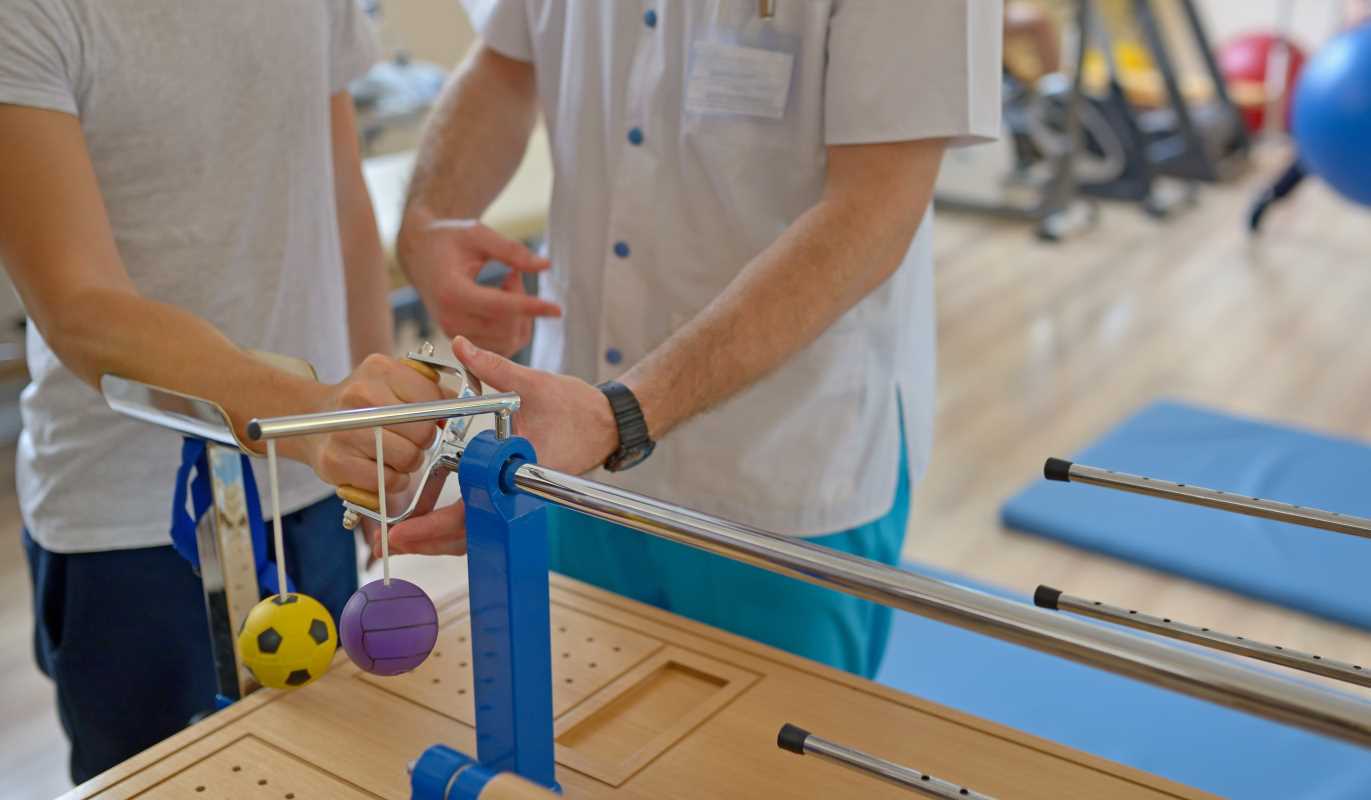As we age, our skin inevitably changes. By the time you reach 40, some of these changes become more noticeable. With age, your skin may become thinner, drier, or more prone to damage. It is essential to monitor your skin and be on the lookout for potential issues. While some conditions are merely cosmetic, others can signal serious health concerns. Here's a guide to the most common skin conditions that everyone over 40 should know about, including eczema, melanoma, and others like age spots, rosacea, and actinic keratosis.
Eczema: A Persistent Irritation
Eczema is a chronic condition that causes the skin to become inflamed, red, and itchy. Though commonly associated with childhood, it can occur at any age and sometimes emerges (or re-emerges) later in life. The type of eczema most common among adults over 40 is dyshidrotic eczema, which results in small, itchy blisters on the hands and feet.
Symptoms of Eczema
- Red, inflamed patches of skin
- Persistent itching
- Dry, scaly, or thickened skin
- Small, fluid-filled blisters (in cases of dyshidrotic eczema)
Causes
Eczema results from a combination of genetic and environmental factors. Potential triggers include stress, allergens, soaps or detergents, dry skin, and weather changes.
Treatment
While eczema cannot be cured, it can be managed. Regularly moisturizing your skin is crucial. Your doctor may also suggest steroid creams or other prescription medications to reduce inflammation and itching. Avoiding known irritants and stress management are also key strategies.
Melanoma: A Skin Cancer to Monitor Closely
Melanoma is one of the most serious skin conditions and requires immediate medical attention. It is a form of skin cancer that develops in the cells producing melanin, the pigment responsible for your skin’s color. People over 40 are typically at a higher risk, especially those with a history of sunburns or frequent tanning.
Symptoms of Melanoma
Melanoma often appears as an unusual mole or dark spot on the skin. To monitor moles for warning signs, use the ABCDE method:
- Asymmetry – One half doesn't match the other.
- Border – Edges are irregular or blurred.
- Color – Uneven shades of brown, black, or other colors.
- Diameter – Larger than 6 millimeters (about the size of a pencil eraser).
- Evolving – Changes in size, shape, or color.
Causes
The primary cause of melanoma is ultraviolet (UV) radiation from the sun or tanning beds. However, genetic predisposition can also play a role.
Treatment
The earlier melanoma is caught, the better the outcome. Treatments include surgical removal of the cancerous area, radiation therapy, immunotherapy, or targeted therapies. Regular skin checks, either self-exams or by a dermatologist, are critical for early detection.
Prevention Tips
- Wear sunscreen daily with SPF 30 or higher.
- Avoid tanning beds.
- Perform self-exams using a mirror to check your entire body, including hard-to-see spots like your back and the soles of your feet.
Age Spots and Skin Discoloration
Age spots, also called liver spots or sunspots, are flat, brown, or black patches that usually appear on sun-exposed areas like the face, hands, shoulders, and arms. They're harmless, but they can be bothersome from a cosmetic perspective.
Causes
Age spots are the result of prolonged sun exposure over time. UV rays trigger the overproduction of melanin, which clumps together into darker spots.
Treatment
Treatments like chemical peels, laser therapy, or cryotherapy (freezing) can lighten or remove age spots. Topical creams containing hydroquinone or retinoids may also be helpful.
Prevention
Minimizing sun exposure and wearing sunscreen consistently can prevent new age spots from forming.
Rosacea: A Chronic Skin Condition
Rosacea is a long-term condition that primarily affects the face. It causes redness, visible blood vessels, and sometimes acne-like bumps. This condition often worsens around middle age.
Symptoms
- Persistent redness, especially on the cheeks, nose, or forehead
- Visible blood vessels
- Swollen, sensitive skin
- Pimple-like bumps that may contain pus
Causes
The exact cause of rosacea is unclear, but it may involve a mix of genetics, immune system dysfunction, and environmental triggers. Common triggers include hot beverages, spicy foods, alcohol, stress, and temperature extremes.
Treatment
Treatment often includes prescription creams to reduce redness and oral antibiotics for inflammation. Laser treatments can improve the appearance of blood vessels. Lifestyle changes, like avoiding triggers and using gentle skincare products, are vital.
Actinic Keratosis (AK): A Precursor to Skin Cancer
Actinic keratosis is a rough, scaly patch of skin caused by years of sun exposure. While not cancerous itself, it can develop into squamous cell carcinoma if untreated.
Symptoms
- Rough, pink or reddish patches on the skin
- Areas may feel sore, tender, or itchy
- Most often found on sun-exposed areas like the face, scalp, and backs of hands
Causes
Prolonged UV exposure leads to cellular damage, which results in actinic keratosis.
Treatment
Dermatologists may treat AK with cryotherapy, laser therapy, or topical creams that encourage cell shedding. Avoiding further sun exposure is crucial to prevent new patches and reduce cancer risks.
When to See a Dermatologist
If you notice any unusual or persistent changes in your skin, don’t hesitate to get it checked by a professional. Here’s when to see a dermatologist:
- Sudden changes in a mole or spot (size, shape, or color).
- Patches of skin that don’t heal or worsen.
- Unexplained redness, itching, or inflammation.
- Rough or scaly patches that persist despite treatment.
Simple Tips for Healthy Skin as You Age
- Drink plenty of water to keep your skin hydrated.
- Use moisturizers that are fragrance-free and suitable for sensitive skin.
- Quit smoking, as it accelerates skin aging.
- Incorporate antioxidants into your diet through fruits, vegetables, and green tea.
- Avoid harsh scrubs or over-washing, which can strip natural oils.
Your skin is your body’s first line of defense, so taking care of it is an investment in your overall health. By staying informed and proactive, you can keep common conditions in check and safeguard your skin for years to come.
 (Image via
(Image via





